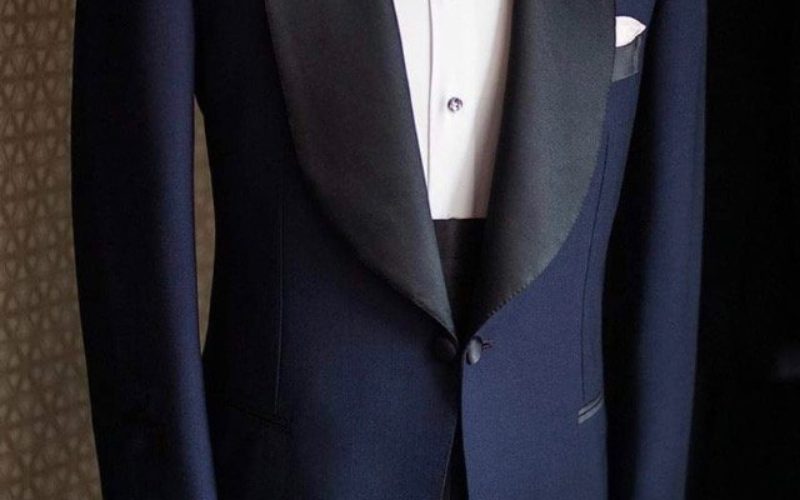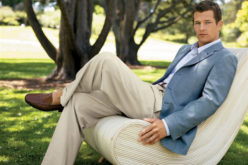Q. I ordered your book “Dress for Excellence” today; but can’t wait for it to arrive to know this answer. I recently made a purchase at Brooks Brothers, and, yes, I should have been better prepared. I purchased black-tie attire with “notched” lapels on the jacket. No one thought to point out the three options to me at that time, I would have chosen the “peaked” lapels. How bad will the notched lapel look at the Metropolitan Opera this year? Thank you.
A. Thank you for buying my book, it does indeed include black-tie attire, but isn’t as “interactive” as my column.
I agree that the store’s salesperson should have given you more complete advice, but the truth is that Brooks Brothers has somewhat changed its focus in recent years from the elegance of traditional attire to a more loosely presented group of options. So, they sell formal jackets with daytime-type notched lapels, while you are correct that this look is a bit on the too casual side for “correct” formal attire. Still, I can pretty much assure you that many men at the Metropolitan Opera will be wearing black-tie suits that have a notched lapel. You will not feel you are dressed inappropriately.
As you stated, suits are fashioned in one of three different collar and lapel styles: shawl, peaked, or notched. The shawl is the most staid and traditionally formal. The peaked is more of a fashion look and is found most often on double-breasted cuts. The notched, which is the usual way most daytime non-formal suits are cut, is therefore, the least formal. In the past, some super traditionalists did not accept the notch as correct for formal wear, but I really think that attitude has relaxed in today’s less uptight era. The jackets’ lapels are either made of satin, a silk-like, smooth , glossy fabric, or of grosgrain (pronounced grow’-grain), a heavy, ribbed fabric resembling a twill. Grosgrain is also known as faille (pronounced file).
Along with the three types of lapels, there are two types of closings – single-breasted and double-breasted. Double-breasted jackets are kept buttoned at all times. A double-breasted should not be your first and only evening suit, because it will come and go in style.
Here are some other guidelines for proper black-tie choices.
- The suit is always black. (In summer the jacket may be white. All else below remains the same.)
- The shirt is always white with vertical pleats in front and with French cuffs.
- Braces (button-on suspenders) are worn.
- A cummerbund is worn, not a belt.
- The most traditionally correct shoes are black patent leather, but highly polished, smooth leather (without perforations) are widely seen and newly acceptable.
- Naturally, the trousers match the fabric of the jacket. A ribbon runs down the outside of the trouser leg; it matches the lapel material. Thus, if the jacket has a satin lapel, the ribbon down the side of the leg is also satin, or they are both grosgrain.
Another note on trousers. This is the one time when cuffs are never worn. The style of wearing cuffs on trousers originated in England. They were called turn-ups. They resulted from a man’s turning up the bottoms of his trousers to protect them from soiling as he walked around his country estate. Accordingly, men wore cuffs on their tweedy suits or country flannels, but not on their formal evening wear.
And, as evening clothes are generally worn at social events with women attending, I’ll tell you something you may not know, but should. Like James Bond, every man looks wonderful – debonair, sexy, and in command – when he is in formal attire.
Ask any woman.









